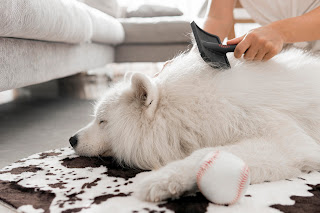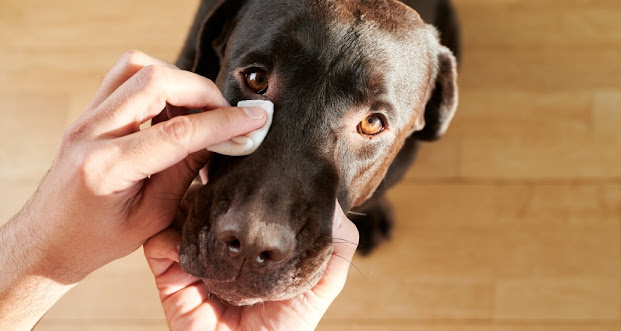Dogs have been man's best friend for centuries, and their loyalty, affection, and playful nature make them excellent companions, especially for children. In India, where families often seek pets that are gentle and good with kids, choosing the right breed is crucial. Here, we'll explore some of the most child-friendly dog breeds in India, their characteristics, categories, and the grooming they require.
Labrador Retriever
One of the most popular dog breeds worldwide, the Labrador Retriever is renowned for its friendly nature, intelligence, and adaptability, making it an excellent choice for families with children. Labs are known for their patience, which is ideal for families with energetic kids. They are also highly trainable, making them a joy to have around the house.
Golden Retriever
Similar to the Labrador, the Golden Retriever is another beloved family dog known for its friendly and gentle temperament. They are great with kids and are highly affectionate, making them perfect for families looking for a loving companion for their children. Golden Retrievers are also intelligent and easy to train, making them ideal for families with little experience in dog training.
Beagle
Beagles are small to medium-sized dogs known for their playful and friendly nature. They are energetic dogs that love to play and explore, making them great companions for active children. Beagles are also known for their loyalty and are easy to train, making them a great choice for families looking for a dog that can easily integrate into their home.
Boxer
Boxers are medium to large-sized dogs known for their playful and energetic nature. They are great with kids and are highly protective of their families, making them excellent guard dogs. Boxers are also highly intelligent and easy to train, making them a great choice for families looking for a dog that can be easily trained to follow commands.
Pug
Pugs are small dogs known for their charming and affectionate nature. They are great with kids and are highly adaptable, making them ideal for families living in apartments or smaller homes. Pugs are also low maintenance when it comes to grooming, making them a great choice for families looking for a dog that is easy to care for.
Breed Characteristics
When choosing a child-friendly dog breed, it's essential to consider the breed's characteristics. Look for breeds that are known for their friendly and gentle nature, as well as their patience and tolerance for children. Additionally, consider the breed's size, energy level, and grooming requirements to ensure they are a good fit for your family's lifestyle.
Categories of Child-Friendly Dog Breeds
Child-friendly dog breeds can be categorized based on their size, energy level, and temperament. Small to medium-sized breeds, such as Beagles and Pugs, are often more suitable for families with younger children, as they are easier to handle and less likely to accidentally injure a child during play. Larger breeds, such as Labrador Retrievers and Golden Retrievers, are better suited for families with older children who can handle their size and energy levels.
Level of Grooming Required
When choosing a child-friendly dog breed, it's essential to consider the grooming requirements of the breed. Some breeds, such as Pugs and Beagles, have short coats that require minimal grooming, making them ideal for families looking for a low-maintenance pet. Other breeds, such as Golden Retrievers and Labrador Retrievers, have longer coats that require regular grooming to prevent matting and tangles.
In conclusion, choosing a child-friendly dog breed in India involves considering various factors, including the breed's characteristics, categories, and grooming requirements. Labrador Retrievers, Golden Retrievers, Beagles, Boxers, and Pugs are some of the most popular child-friendly dog breeds in India, known for their friendly nature, patience with children, and adaptability to family life. By selecting the right breed for your family, you can ensure a harmonious and loving relationship between your children and their canine companion.




